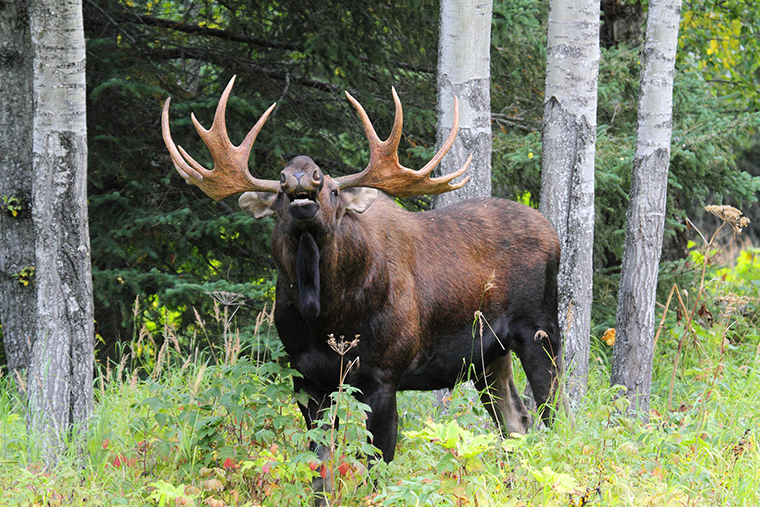
The province is set to overhaul how it manages the declining moose population.
A new point-based tag distribution system that would replace the current draw, stand-alone licences and tags, and new calf harvest controls are among proposed changes announced Monday by the Ministry of Natural Resources and Forestry (MNRF).
The proposal is based on 15 recommendations provided earlier this year by the Big Game Management Advisory Committee after a consultation process that included surveying hunters and hosting open houses in May and June.
The report encouraged the province to focus on sustainability, make tag allocation easier, and address a range of hunters’ concerns.
Many changes
Some changes would begin in 2020, including implementing interim calf tag quotas in wildlife management units (WMUs) 37, 40, 41, 42 and 47.
With direct controls on calf harvest, the ministry said it would extend the calf-hunting season to the full length of the moose hunting season.
Early bow-specific seasons and quotas in WMUs with an open moose hunting season where they don’t currently exist would also be created. The idea, the ministry said, is to convert some gun-hunting opportunities to bow hunting opportunities.
For 2021, the province proposes having bull, cow/calf, and calf tags with WMU-specific calf tag quotas across the province. Bull and cow/calf tags would generally be season-specific, but calf tags could be used at any time throughout the season.
Possibly the biggest change is that moose hunting licences and tags would also become stand-alone products – tags would no longer come with a licence. This would allow applicants who do not get, or apply for a tag, to party hunt on another hunter’s tag.
The current moose tag draw would also be replaced by a new preference point-based moose tag allocation system that includes a “modest” application fee. It would eliminate the group application component of the allocation process, the ministry stated.
Tags would be allocated based on the number of points a hunter has accumulated. For example, they would get a point each year they have applied and been unsuccessful, going back to when they first started applying or the last time they got a tag.
Predation causes concern
The number of wolves seen during moose hunts and the potential impact of predation was among the concerns raised by hunters earlier this year.
As a result, the minister also announced changes to wolf and coyote hunting regulations including eliminating the tag requirement and introducing an annual bag limit of two wolves per hunter in 40 northern WMUs.
The government has also proposed expanding the coyote season to year-round in those WMUs, which is the same as southern Ontario, except for the period when small game licences are invalid in central and northern Ontario from June 16 to Aug. 31 each year.
Both proposals are now available online on the Environmental Registry of Ontario for public feedback until Sept. 26.
Polarizing opinions expected
The Ontario Federation of Anglers and Hunters (OFAH) has advocated for additional moose bow hunting opportunities and better management of wolves and coyotes in northern Ontario, OFAH Wildlife Biologist and committee member Keith Munro said.
“The other changes proposed by the MNRF will affect hunters from different parts of the province differently and we will likely see polarizing opinions as a result. The OFAH is fortunate to have an upcoming board meeting before the submission deadline, which will allow for full engagement of our membership through our (committee) and board of directors.”
Moose hunting contributes more than $205 million annually to Ontario’s economy, the ministry stated in a release.
“We are listening to moose hunters across the province, and our proposal is designed to work for the hunting community,” MNRF Minister John Yakubuski stated. “I encourage Ontario’s hunters to review the proposal and consider its implications on moose populations and future hunting opportunities.”


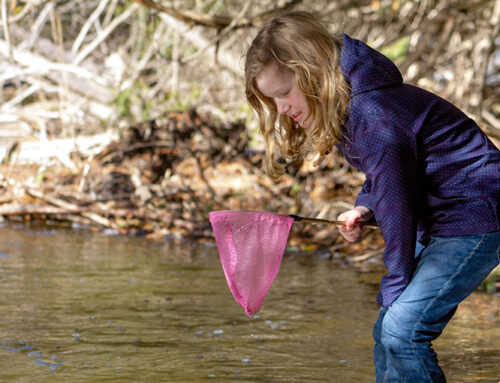
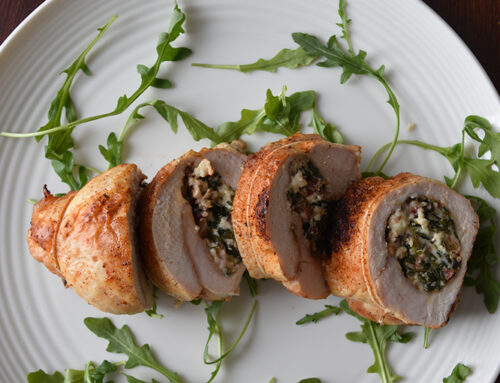
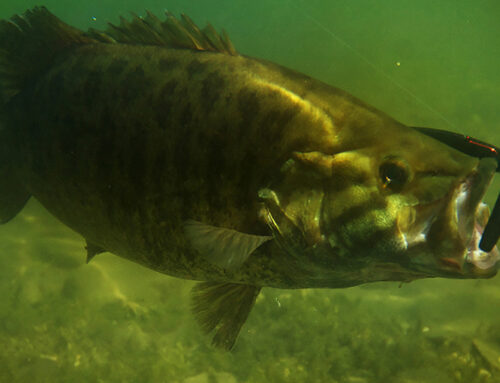
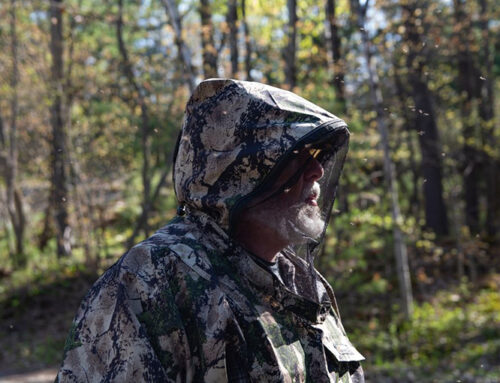
Why have meetings & consultations with hunters when the MNRF simply doesn’t bother to listen to a WORD they say??!! Every hunter I know & every comment I’ve read in regards to the matter says CALF HUNTING HAS TO STOP & harvest of cows should be severely limited!! Yet the MNRF refuses to make the drastic changes required to preserve our future hunting opportunities. They have simply twisted & convoluted the system with a “bulls— baffles brains” methodology in order to keep the cash rolling in while pretending to provide hunting opportunities. I was hopeful that meaningful change was on the horizon but alas, greed, & government bureaucracy, hypocrisy & outright stupidity have won out !
So i really dont think the moose population in the province is in that bad of shape. The groupe draws are good . 15 hunters = 900.00 dollars . And if lucky are successful. And the person with the most years without getting a tag in the group is to be allocated the tag. The piont system will not work for younge hunters for many years. As far as the predators the spring bear hunt should have never been canceled in 1998. As black bears are one of the top predators on calves . I have hunted moose for over 30 years . And enjoy every fall as a hunter angler and trapper. One last note if the mnrf stills completes and winter surveys they need to be done in high winter grounds not was is convenient for them. And another fee really.
In Manitoba moose hunting is almost completely shutdown. Don’t delay implementing controls for predators. Carefully monitor the harvest and regulate licences as needed. When one part of Manitoba was closed to hunting, hunters overcrowded the remaining area’s with devastating effects. Be smarter than we were.
I have been hunting moose for 45 years and in all this time the ministry have been saying the moose are in trouble.They have tried many ideas to increase the numbers but have failed miserably. The ideas have all been repeated time and again with poor results.So why don’t they try something drastic and close the season completely and then review it in 5 years. Because that’s what I see with these new rules it will take years for a hunter to even get enough points to get a decent tag draw. When the holiday schedule comes around in the first part of the year for most companies how would I know if I should take the week off for moose hunting when I have no idea if I will draw a tag. Unless your going to do the draw in the first part of the year and not in August buying into the draw would be useless for a lot of hunters.When I had a guarantee tag I could at least plan my holidays for the week of the moose season. So now this idea of paying for points is going to save the moose population? Give me a break! This is nothing more than a money grab. Close the season if they are in such trouble. Oh but I forgot the government would lose too much money. I’m DONE if this idea becomes law.
As moose hunters we must recognize that it is much easier to harvest a moose in recent years than it was in the 1980’s and 1990’s. Access to logging roads and cutover areas has allows hunters to cover huge amount of territory in the comfort of their trucks and ATV’s – much more than they ever could by traditional means of walking through the bush, or using boats and canoes. This has become the new hunting culture which I’m not a fan of – see a moose in a cutover and 3 guys jump out of the truck and start shooting! Access to logging areas with motorized vehicles MUST be restricted to maintain a sustainable moose population. This will reduce the harvest by the licensed hunter as well as the native hunters. The positive impact on moose population will be huge. Tag allocation will no longer be a problem – more moose, more tags available.
The new system being proposed will NOT increase your odds of getting a tag which is the #1 concern of every hunter I talk to. Why not try a system similar to that of for deer, but even more restrictive?
1. Eliminate access to logging areas by motorized vehicles in the moose season
2. Eliminate the harvest of calves
3. Start a new lottery system for cows that highly restricts tags within each WMU
4. Everyone gets a selective bull tag within a specific WMU – (animal must meet antler size requirements)
Hunter success will be reduced, but hunting opportunities will be unlimited – everyone gets a chance to hunt! Isn’t that what everyone wants?
What i would like to know is how the point system is going to work when people who hunt and apply for tags in mnus where there is a low number of moose? They still wont get a tag if there 1000 hunters applying for 50 tags. so what good is the point system!
I applied for a calf tag in zone 42 and I am in pool 2. I was unsuccessful and I paid $53 to apply. So now I can’t hunt and I’m out $53. I realize the rules are changing next year but is any of this cost reimbursed this year. Also a member of my group in pool 1 got a calf tag can I party hunt with him.